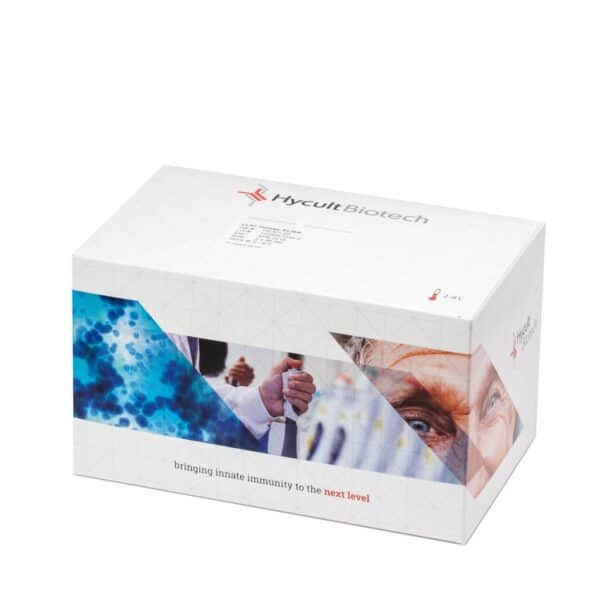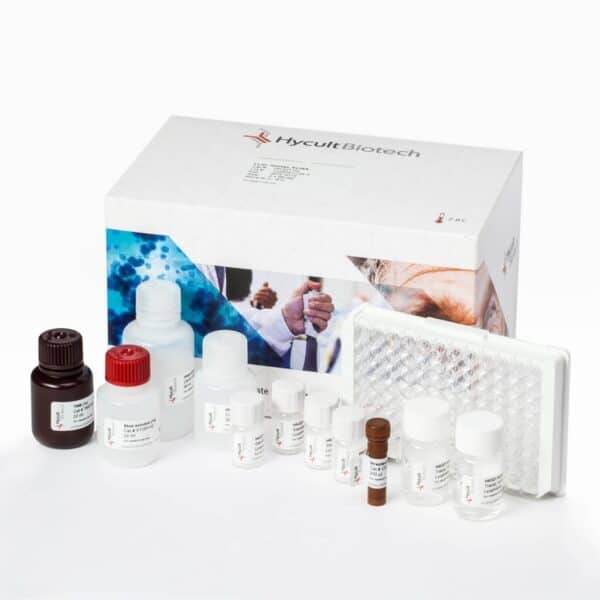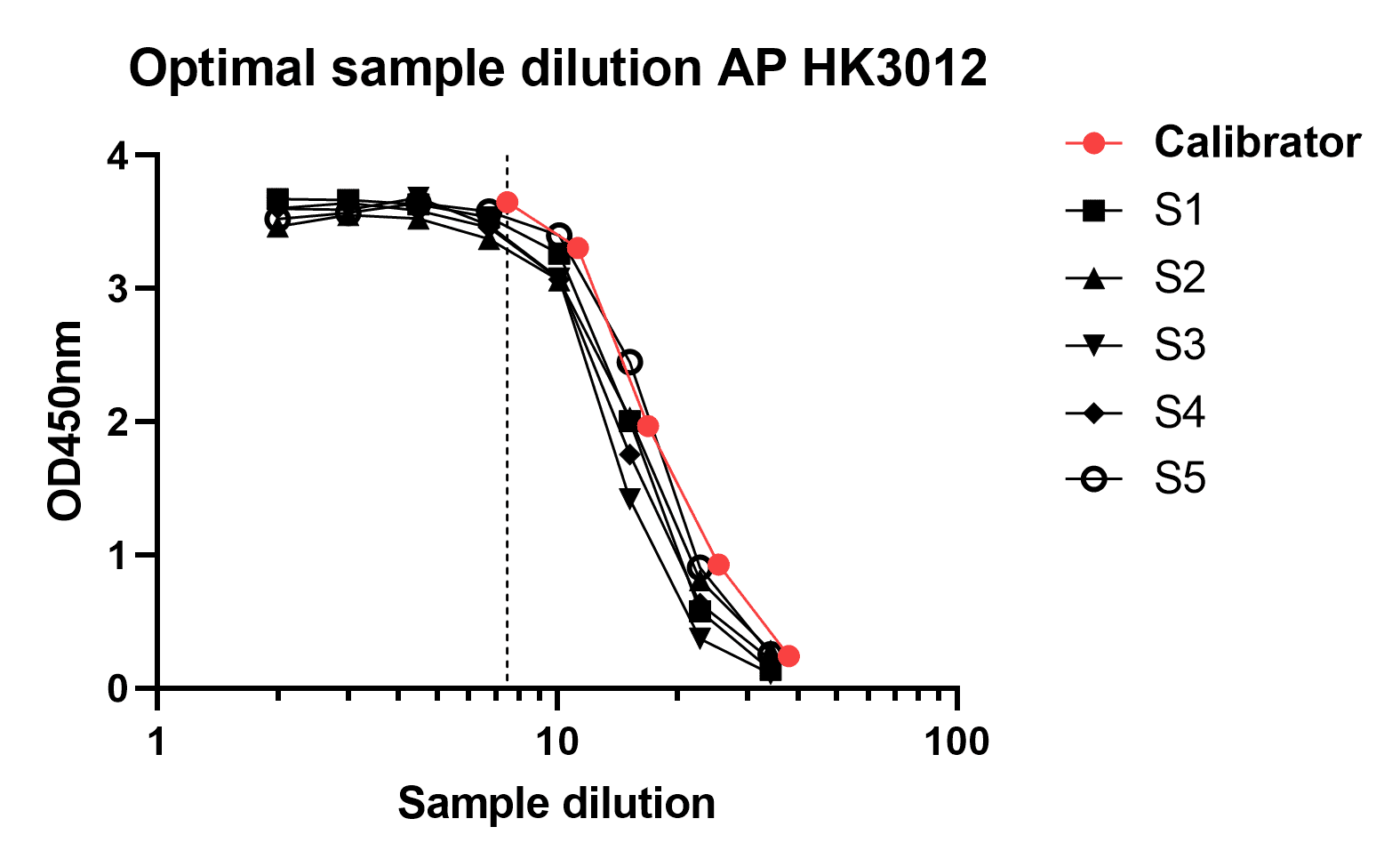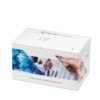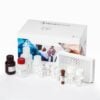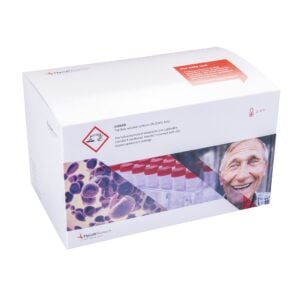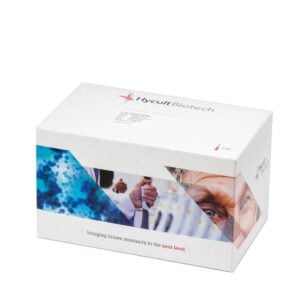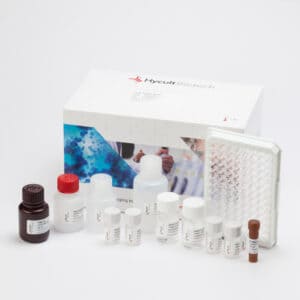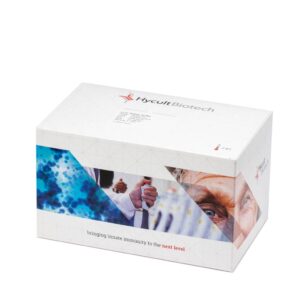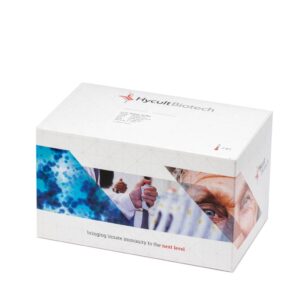Alternative Complement Pathway, Human, Assay
The Human Alternative Complement Pathway ELISA kit is to be used for the in vitro quantitative determination of Alternative Complement Pathway activity in serum samples.
The ELISA can also be used to determine the effect of inhibitory compounds for the alternative pathway.
Make use of our calculation sheets for optimal results
Read more€699.00
Features activity assay:
- Quantitative measurement of complement activation
- Working at low serum dilutions resulting in less false negative results
- High throughput and offers higher reproducibility in comparison to hemolytic assays
- Assay time less than 2 hours
The complement system plays essential roles in both innate and adaptive immune responses, providing inflammatory and protective reactions against pathogens. Comprising a complex family of proteins and receptors found in circulation, tissues, and body fluids, it operates through three activation pathways: the classical pathway (CP), initiated by immune complexes; the lectin pathway (LP), activated by surface-bound lectins; and the alternative complement pathway (AP), triggered on surfaces lacking specific protection.
The AP activation involves spontaneous C3 hydrolysis, binding to fB, forming C3(H2O)Bb convertase, which can be stabilized by properdin. Regulation comes from proteins like fH and fI. All pathways produce a C3 convertase, cleaving C3 into the major fragment C3b. These pathways converge with C3b initiating the second convertase, the C5 convertase, cleaving C5 into C5a and C5b, amplifying complement activity and forming the cytolytic MAC.
Complement protein assessment, or complement activity, helps identify system abnormalities in vivo and screen for complement inhibitor function. Traditionally, haemolysis assays were used, but they’re challenging to standardize due to complications like opsonization and erythrocyte stability. ELISA-based assays, while more versatile, face challenges from serum dilutions. The HK3012 AP complement activity assay addresses these issues, offering a standardized approach. With the high costs of complement inhibitors and the need for more potent options, accurate measurement of complement activity is crucial.
The HK3012 Alternative complement pathway activity assay evaluates complement function in vitro using LPS-coated wells to detect the in vitro-formed MAC complex with a C9 neo-epitope antibody. It begins with a serum dilution of 7.5x and uses a specific buffer to prevent pathway interference. Employing a 1.5-fold dilution combined with regression analysis, it accurately measures complement activity and inhibitory capacity.
You may also like…
-
€699.00
You may be interested in…
-
€843.00 – €1,361.00
-
€843.00 – €1,361.00
-
€1,683.00
-
€1,683.00
Calculate your ELISA data easily
With the ELISA calculator you can easily calculate ELISA data. Assayfit Pro helps to perform curve fitting. The calculator generates advanced reports, fit graph, fit parameters and goodness of fit are shown.
We are glad to support you!
Take advantage of our dedicated support team for any technical assistance you need while using our products or considering them for your research needs.
